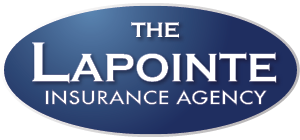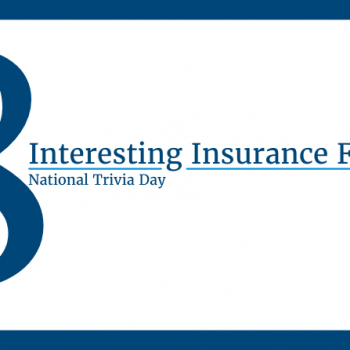Replacement Cost vs. Actual Cash Value in Homeowners Insurance
- Posted by Daniel Simcock
- On January 14, 2021
How much is your property worth? In this article, you’ll learn how your insurance company values your contents so that you can choose the right coverage to meet your needs.
Watch this video to learn the difference between replacement cost and actual cash value coverage.
Key Takeaways
- In a total loss homeowners claim, your insurance provider assigns value to your lost property. As the policyholder, you can choose how your insurance will value your contents.
- With actual cash value coverage, you can expect payouts that factor in your property’s depreciation.
- With replacement cost coverage, you can expect payouts equal to the price to replace your damaged property in today’s market.
Looking around your home, you probably don’t see dollar signs attached to your belongings. Your property is yours to enjoy, not appraise. But, in the event of a total loss, your insurance carrier will assign a value to your items.
As the policyholder on your homeowners insurance, you can choose how your carrier will value the contents of your home.
You have your choice of two coverages: actual cash value and replacement cost value.
Actual Cash Value = Purchase Price Minus Depreciation.
A typical homeowners insurance policy works like a car insurance policy. If you total your car, the insurance company will only give you what the car is worth today. They will not give you the amount you paid for the car. This is referred to as the “blue book” value. It accounts for how your property depreciates, or loses value over time.
Actual cash value works a lot like this. When you choose actual cash value coverage, you can expect to receive the “blue book” value of your contents. Your items may be in mint condition, but because they are used, they lose value.
Replacement Cost = Price to Replace Property in Today’s Market.
If actual cash value is like receiving the “blue book” value of your car, then the replacement cost is like receiving the money to buy a brand-new car.
With replacement cost coverage, you can expect to receive the full amount it would cost to replace your property today. For example, say your computer is destroyed in a total loss claim and you have replacement cost coverage. You can expect your insurance carrier to give you the money to get a new computer, of similar type and quality. Whether you purchased the computer yesterday or five years ago, you can still expect that money.
Consider this when choosing what coverage works for you.
Upfront, replacement cost coverage may cost more than actual cash value coverage. But that extra coverage may be worth it when you make a claim. Without it, your homeowners policy will not cover the full amount of your stuff in the event of total loss.
For some people, this is not a big issue. Maybe you purchased your items second-hand or maybe you scored some free furniture from a generous friend. In this case, you may not need the extra coverage. But for a lot of people who are buying brand new items for their home, replacement cost is an important coverage to have.
In the end, it is vital to choose the right type and amount of personal property coverage to protect your property and your investment. There’s a lot to consider when it comes to homeowners insurance: all-risk coverage vs. named-risk coverage; scheduled vs. unscheduled property floaters. As the policyholder, you have a say in how your personal property gets covered in the event of a loss.
Do you have questions regarding homeowners insurance? Leave a comment down below, or contact us at info@lapointeins.com.


